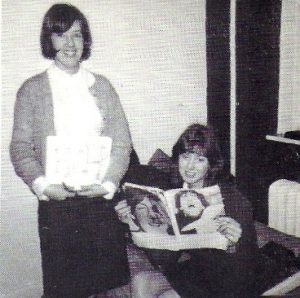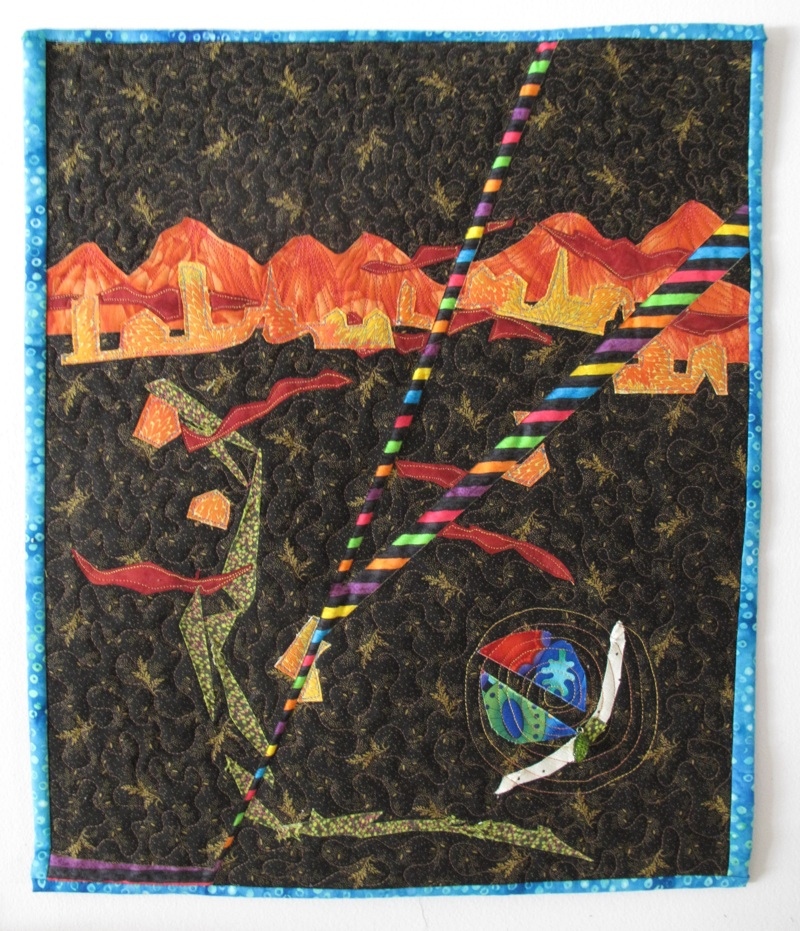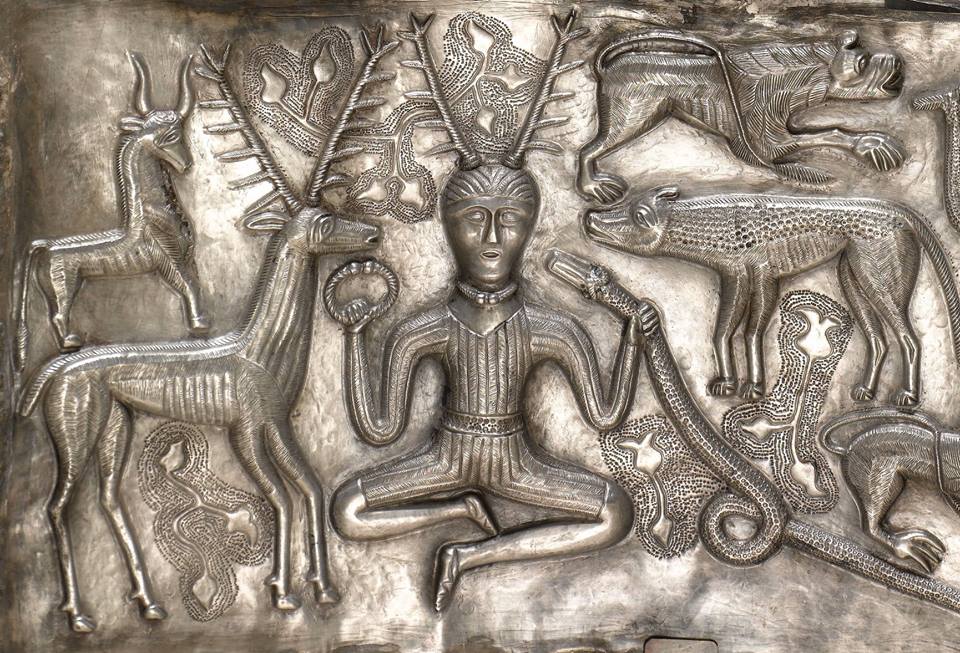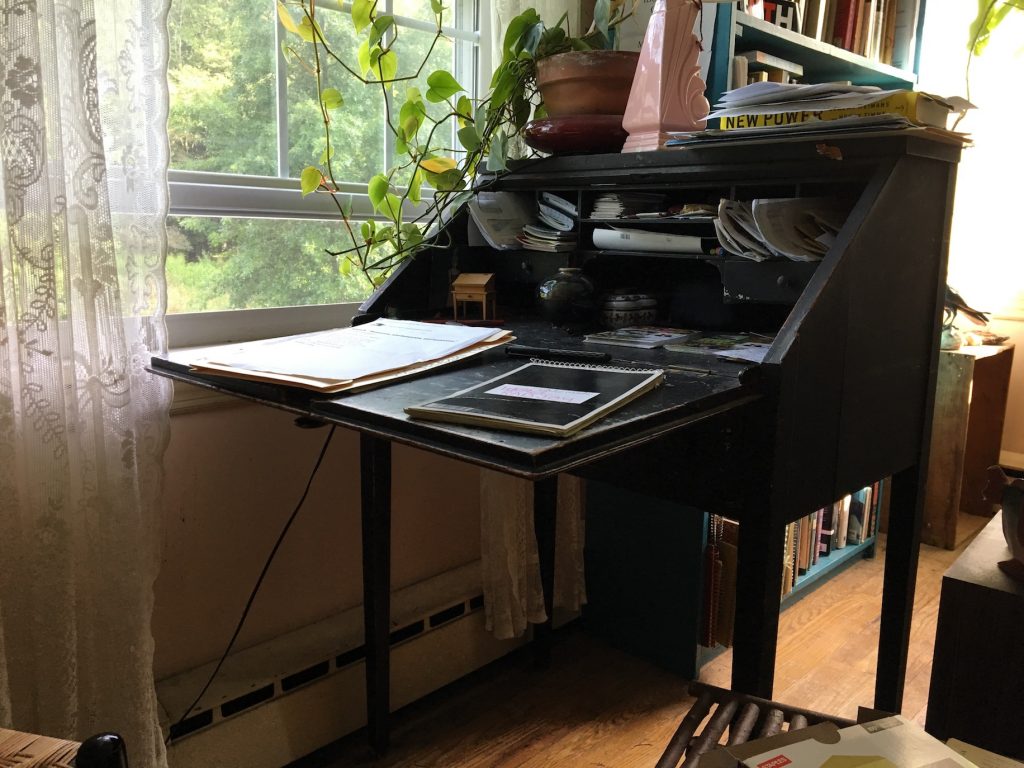A little over a week ago, I attended the annual Bioneers conference in San Rafael, California. Among the slate of amazing keynote speakers we heard each morning for three days were author Michael Pollen and Patrisse Cullors, one of the co-founders of Black Lives Matter. But for me, the outstanding moment on that much-coveted stage was actually a moment when the speaker said nothing at all.
Lyla June Johnston, a poet, songwriter, and activistof Diné (Navajo) and Tsétsêhéstâhese (Cheyenne) lineages, was the last speaker on the third and last day of the conference. The story she told was personal, inspirational. It was about how it’s possible to turn a hard life around and live in a way that sizzles with meaning. Her story, however, came about a third of the way through her time before the audience.
When she first walked out and faced the large Bioneers audience, Lyla said that, whenever she’s invited to speak in a new place, she asks permission to do so from the people whose indigenous land it is. The area around what is now San Rafael is not her land, so she had done that here as well. And then she invited three women from the Coastal Miwok and Ohlone tribes to come out and join her on stage.
Each women spoke a few words, primarily in their native language. As they did, Lyla stood to the side, head down. She was fully present to what they were saying, in no hurry for them to get finished and get off the stage so she could seize her time to shine. Hundreds of people apply every year to spend a few minutes commandeering this prestigious Bioneers stage, and she gave her time over to others. She did so not so she would be praised, not so she’d get a standing ovation, but because it was, to her, the wholly right thing to do.
I found it an extraordinary act of generosity. For the past nine days it has made me a more generous person as well.
And I’m more excited than ever that Lyla will be one of the panelists at my Sacred Arts: Creative Expressions of Faith to Heal a Threatened Earth panel at the Parliament of the World’s Religions… starting Thursday in Toronto.
If you’ve read my new book (or are reading it), I would be very happy if you would write a review of it on Amazon or Goodreads. Just a few sentences about your genuine reaction are fine!
What I’m reading
I’ve been meaning to read David Bohm’s Wholeness and the Implicate Order ever since the cosmologist Brian Swimme told me about it years ago. I think it must have a fascinating and important way of looking at matter and consciousness. However, the maths and Greek symbols have me flummoxed. Tonight I skipped ahead to the chapter written for the lay person.




